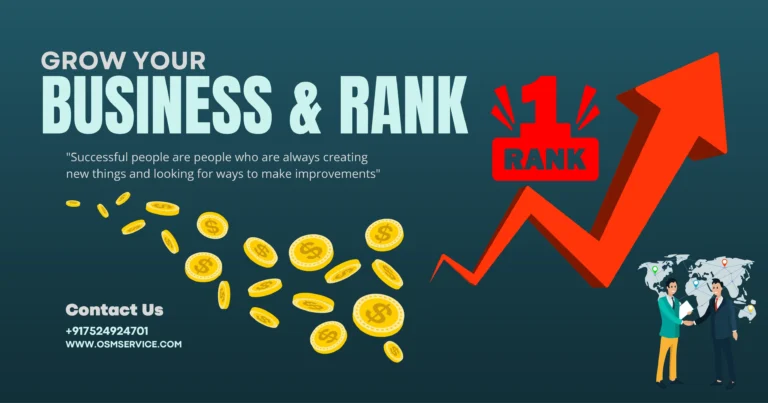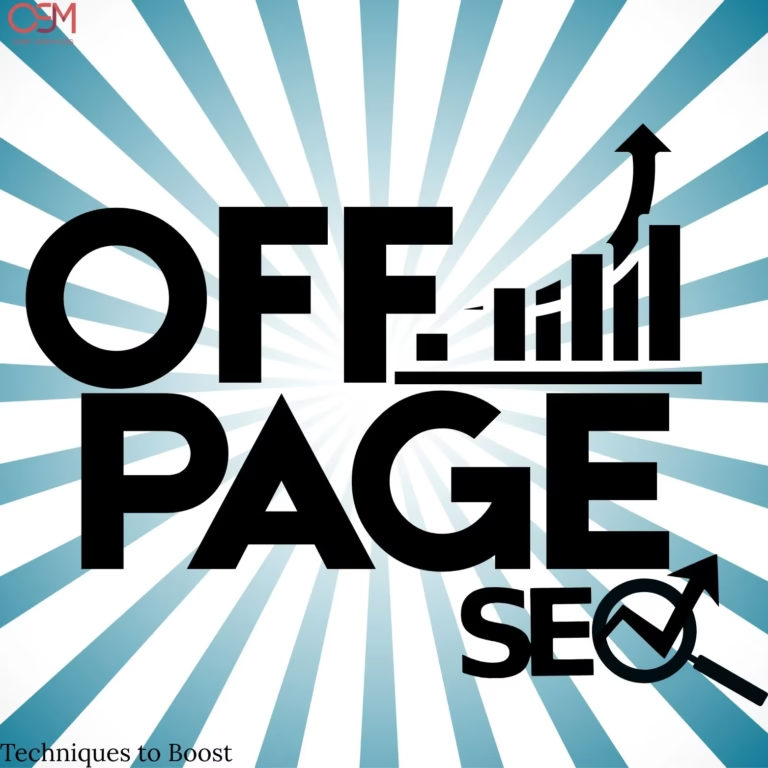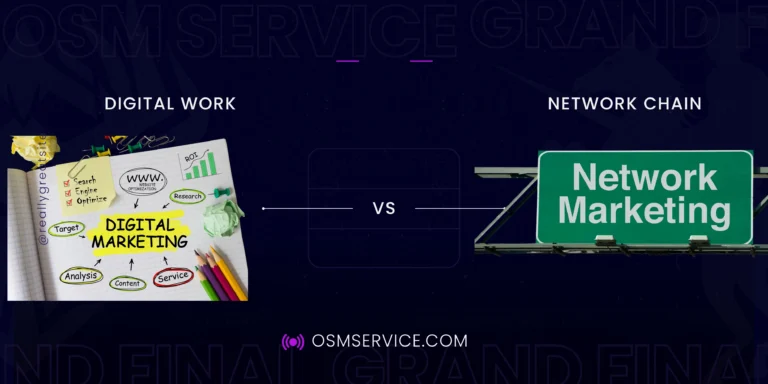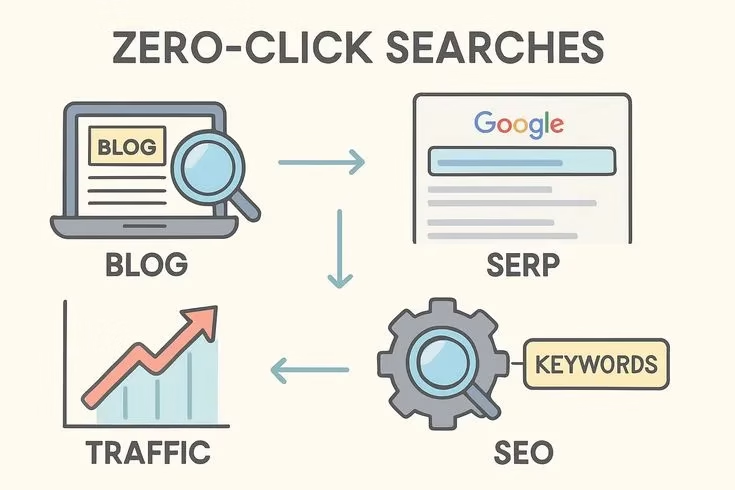The Ultimate Guide to Surprise and Delight Marketing
Introduction
In today’s competitive market, customers expect more than just good products and services. They want memorable experiences. This is where Surprise and Delight Marketing comes in. Instead of following the same old advertising techniques, businesses are now creating moments that leave customers feeling valued, appreciated, and emotionally connected to the brand.
This ultimate guide to surprise and delight marketing will explain what it is, why it works, strategies to implement, and real examples from successful brands. By the end, you’ll have a clear roadmap to use this marketing approach to win customer loyalty in 2025 and beyond.

What is Surprise and Delight Marketing?
Surprise and Delight Marketing is a customer experience strategy where businesses go beyond expectations by delivering unexpected value, perks, or gestures. The goal is to strengthen emotional connections, increase brand loyalty, and create a buzz through word-of-mouth and social sharing.
Unlike traditional promotions, surprise and delight marketing focuses on building genuine relationships. A customer may not remember your discount code, but they’ll always remember the time you sent them a personalized thank-you gift or upgraded their order without extra cost.
Why Surprise and Delight Marketing Works
1. Emotional Connection
When customers feel valued, they naturally develop a stronger bond with your brand.
2. Positive Word-of-Mouth
People love to share surprising experiences online and offline, which expands your brand reach organically.
3. Customer Loyalty
Small gestures can transform one-time buyers into long-term advocates.
4. Competitive Advantage
With so many brands fighting for attention, this strategy helps you stand out in a crowded market.
The Key Elements of Surprise and Delight Marketing
1. Personalization
Tailoring experiences to individual customers creates a lasting impact. For example, sending a personalized birthday coupon.
2. Timing
Surprises work best when they’re timely—whether it’s after a purchase, on a special occasion, or during customer milestones.
3. Authenticity
The gesture should feel real and not just a marketing trick. Authenticity builds trust.
4. Value
Even small gestures can feel valuable if they’re thoughtful. It doesn’t have to be expensive.
Surprise and Delight Marketing Strategies
1. Personalized Gifts
Send customers unexpected gifts that align with their preferences. Example: A skincare brand sending a free product sample tailored to a customer’s skin type.
2. Handwritten Notes
In the digital age, handwritten notes stand out as meaningful and authentic.
3. Social Media Shoutouts
Brands can surprise customers by featuring them on official social media accounts.
4. Upgrades and Freebies
Surprise customers with free shipping upgrades, bonus products, or early access to sales.
5. Loyalty Rewards
Create surprise rewards within loyalty programs, such as double points days or unannounced bonuses.
6. Customer Milestones
Celebrate birthdays, anniversaries, or even the 100th order of a loyal customer with special offers.
7. Random Acts of Kindness
Doing something thoughtful without expecting anything in return—like donating on behalf of a customer—creates goodwill.
Real Examples of Surprise and Delight Marketing
1. Starbucks
Starbucks occasionally surprises customers with free drinks or bonus loyalty points, building emotional loyalty.
2. Amazon
Amazon has been known to surprise customers with faster-than-expected shipping or free upgrades to premium delivery.
3. Zappos
Zappos sends free shoe upgrades and adds personal touches like handwritten thank-you notes, creating raving fans.
4. Coca-Cola
Their “Share a Coke” campaign personalized bottles with names, surprising customers and driving viral engagement.
5. Chewy
Chewy often sends flowers or handwritten cards when customers lose a pet, showing genuine empathy.
Benefits of Surprise and Delight Marketing
1. Increased Customer Retention
Customers are more likely to return when they feel emotionally valued.
2. Boosts Social Sharing
Surprised customers often share their experiences on platforms like Instagram, TikTok, or Twitter.
3. Improves Brand Image
Brands that care stand out as trustworthy and human.
4. Higher ROI
Small investments in delightful experiences often lead to repeat sales and word-of-mouth referrals.
5. Stronger Community Building
Your brand becomes more than just a business—it becomes part of the customer’s life.
How to Create a Surprise and Delight Marketing Campaign
Step 1: Understand Your Customers
Use data and analytics to know what your customers like, dislike, and value the most.
Step 2: Choose the Right Touchpoints
Decide where you want to surprise them—post-purchase, during onboarding, or on social media.
Step 3: Plan Small but Meaningful Gestures
Don’t overcomplicate it. Even a thank-you email with a discount code can make a difference.
Step 4: Train Your Team
Customer support and sales teams should be empowered to deliver delightful experiences.
Step 5: Measure the Impact
Track KPIs like customer retention, referral rates, and engagement to see if your strategy works.
Common Mistakes to Avoid in Surprise and Delight Marketing
- Making gestures that feel fake or forced.
- Overdoing it to the point it loses its surprise element.
- Ignoring personalization and using generic offers.
- Forgetting to track results.
The Future of Surprise and Delight Marketing in 2025
With the rise of AI and data-driven marketing, personalization will become even more powerful. Brands will use predictive analytics to surprise customers at the right moment. Social media virality will play a big role, and customers will expect brands to show authenticity, empathy, and creativity.
In 2025, surprise and delight marketing won’t just be a trend—it will be a necessity to stay relevant in the digital era.
FAQs on Surprise and Delight Marketing
Q1: What is surprise and delight marketing?
It’s a strategy where brands exceed customer expectations with unexpected perks, gifts, or personalized gestures.
Q2: Why is surprise and delight marketing important?
It builds loyalty, increases word-of-mouth referrals, and makes customers feel emotionally connected to your brand.
Q3: Do I need a big budget for this strategy?
No. Even small gestures like a thank-you note or a free sample can have a big impact.
Q4: Can small businesses use surprise and delight marketing?
Yes. In fact, small businesses often succeed because they can be more personal and authentic.
Q5: How can I measure success?
Track repeat purchases, referrals, customer satisfaction surveys, and engagement metrics.
Conclusion
The ultimate guide to surprise and delight marketing shows that success lies not just in selling products but in creating unforgettable experiences. By surprising customers with thoughtful gestures, brands can build long-lasting relationships, boost loyalty, and stand out in a crowded marketplace.
Whether you’re a small business or a global brand, surprise and delight marketing in 2025 is a proven way to keep customers happy and loyal. The key is authenticity, timing, and personalization.
Start small, be consistent, and watch how a simple act of kindness can transform your brand into something customers truly love.
other topic
The Rise of Zero-Click Searches: How to Still Get Traffic in 2025The Rise of Zero-Click Searches: How to Still Get Traffic in 2025





